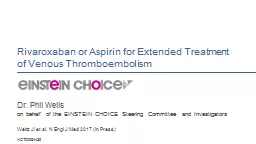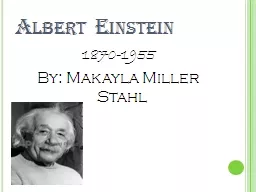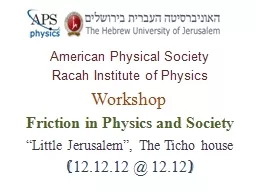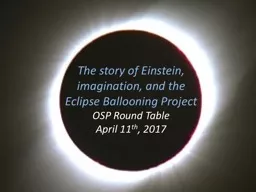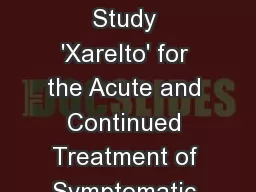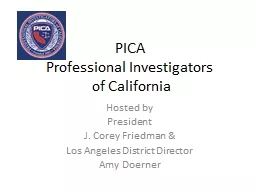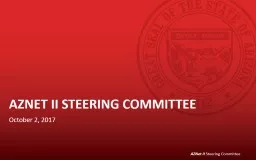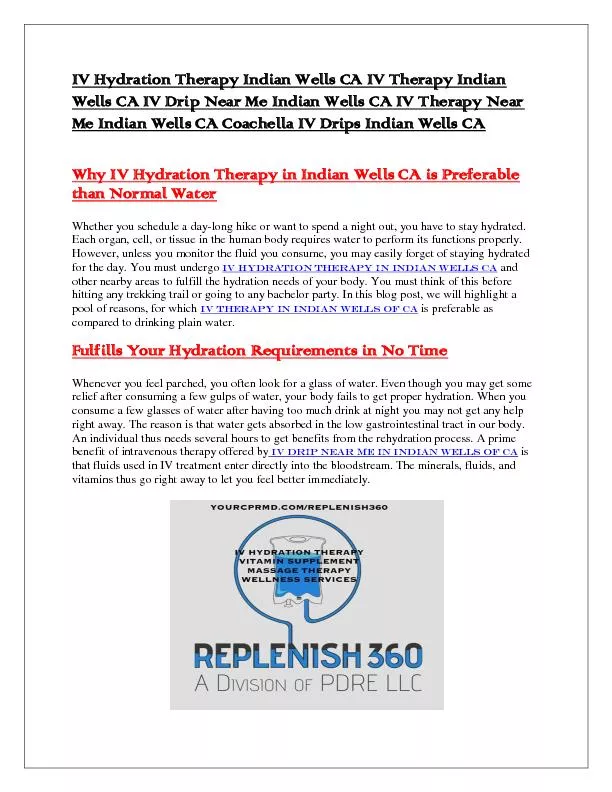PPT-Dr. Phil Wells on behalf of the EINSTEIN CHOICE Steering Committee and Investigators
Author : yoshiko-marsland | Published Date : 2019-11-20
Dr Phil Wells on behalf of the EINSTEIN CHOICE Steering Committee and Investigators Weitz JI et al N Engl J Med 2017 In Press Rivaroxaban or Aspirin for Extended
Presentation Embed Code
Download Presentation
Download Presentation The PPT/PDF document "Dr. Phil Wells on behalf of the EINSTEI..." is the property of its rightful owner. Permission is granted to download and print the materials on this website for personal, non-commercial use only, and to display it on your personal computer provided you do not modify the materials and that you retain all copyright notices contained in the materials. By downloading content from our website, you accept the terms of this agreement.
Dr. Phil Wells on behalf of the EINSTEIN CHOICE Steering Committee and Investigators: Transcript
Download Rules Of Document
"Dr. Phil Wells on behalf of the EINSTEIN CHOICE Steering Committee and Investigators"The content belongs to its owner. You may download and print it for personal use, without modification, and keep all copyright notices. By downloading, you agree to these terms.
Related Documents

